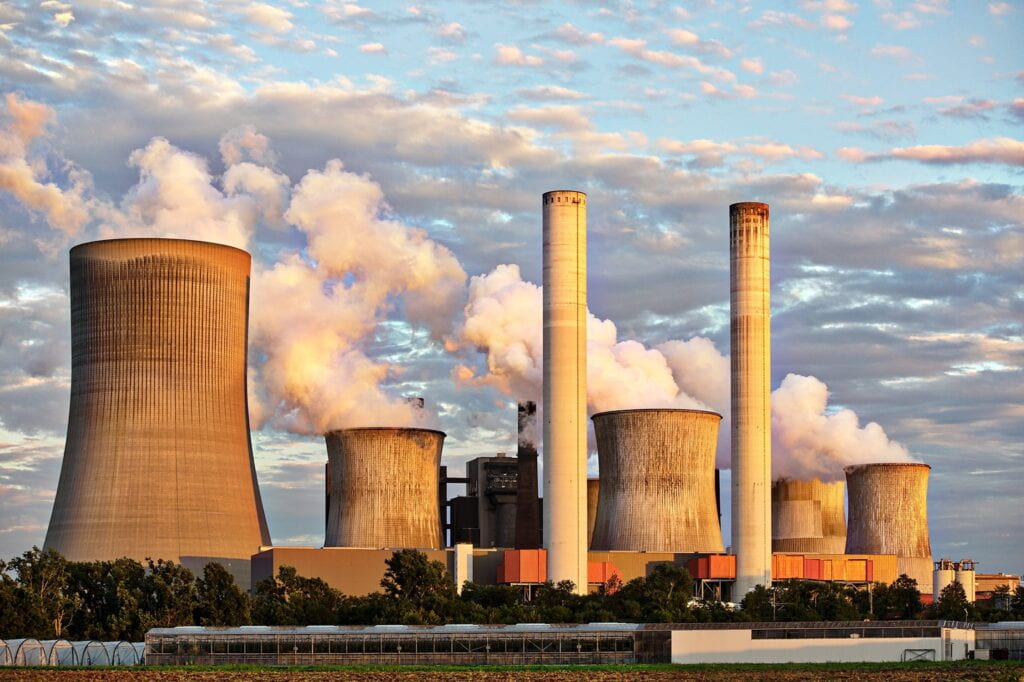
On Friday, Mar 4, 2022, Russian troops seized Europe’s largest nuclear power plant in Zaporizhzhia, Ukraine. During the combat, a Russian shell hit one of the six reactors, sending fears of a possible environmental disaster from an errant shell or missile.
Although the nuclear complex appears safe and levels of radiation do not exceed the usual background levels, experts claim that if the protective measures fail, clouds of radioactive particles can be carried by the wind into the rest of Europe as a consequence. Another danger is the site’s spent fuel rods containing tons of plutonium, if unprotected individuals are exposed to plutonium, the highly toxic material has carcinogenic effects if inhaled or ingested in minute amounts. Additionally, the plutonium can be further processed into fuel for warheads.
Currently, the neighboring city of Enerhodar is facing a humanitarian crisis where food and supply deliveries were cut off. Experts state that the intentional changes in energy output can be used as a tool of power, where critical services such as water, sewage, and electricity will increase the vulnerability of citizens as well as the government and military.
Read the updates on Ukraine’s nuclear plant seizure by Russia here
